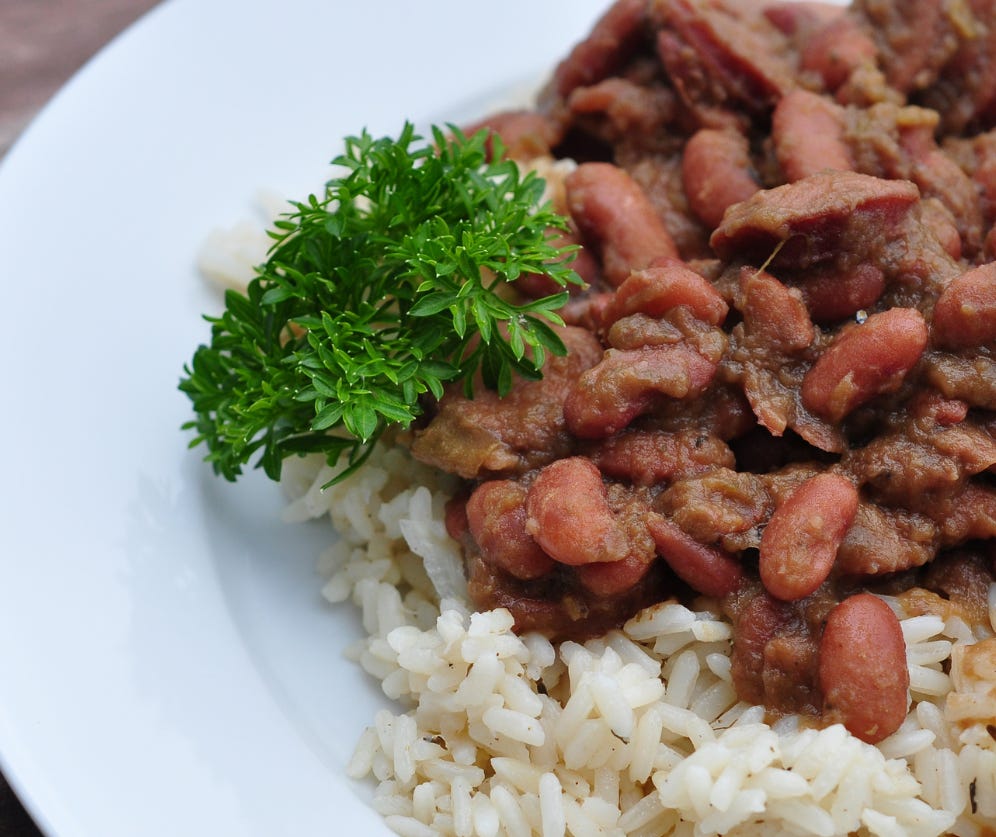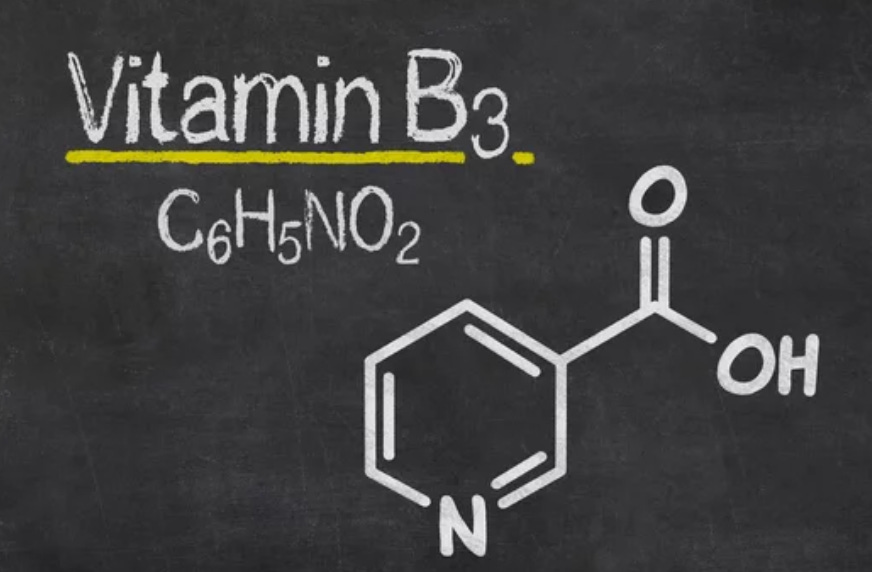How Ancestral Wisdom Holds the Key to Modern Nutrition and Real-World Science
From Pellagra to Longevity: The Hidden Power of Rice, Beans, and Vitamin B3
A Simple Dish with Hidden Powers
In a small kitchen in Latin America, a pot of rice and beans simmers on the stove. The aroma fills the room, comforting and familiar—a scent that has nourished generations. But this humble dish is more than just a meal. It’s a key to unlocking the secrets of nutrition and a testament to the wisdom of our ancestors.
"How did a simple dish of rice and beans save lives and unlock the secrets of nutrition that modern science only later discovered?"
The Pellagra Epidemic: A Lesson from History
In the early 20th century, a mysterious disease swept through the American South—pellagra. This illness, caused by a deficiency of niacin (vitamin B3) or its precursor, the amino acid tryptophan, left its victims with painful skin rashes, digestive problems, and even mental decline. Symptoms ranged from confusion and memory loss to severe cases that led to death. Doctors were baffled by the epidemic, which hit hardest in communities that relied heavily on corn as their staple food.
The problem? Corn, without proper processing—specifically nixtamalization, a traditional method that involves soaking and cooking corn in an alkaline solution—lacks bioavailable niacin and tryptophan. This left these diets dangerously deficient in the essential nutrients needed to prevent pellagra. But the solution to this devastating condition wasn’t found in a lab—it was in the kitchen. Traditional food practices like nixtamalization held the key to making corn a safe and nutritious staple.
Rice, Beans, and the Science of Nutrition
While pellagra ravaged the American South, something curious was happening in other parts of the world. In regions like Latin America and Africa, where corn was also a dietary staple, pellagra was rare. The reason? The wisdom of pairing corn—or rice—with beans.
These cultures had intuitively discovered what modern science would later confirm: the combination of grains and legumes creates a complete protein and provides a wealth of essential nutrients, including the niacin needed to prevent pellagra.
"The cure for pellagra lies not in the laboratory, but in the kitchen."
– Dr. Joseph Goldberger, the doctor who identified the dietary cause of pellagra.
Consider this:
Rice is rich in carbohydrates and provides some protein but lacks lysine, an essential amino acid.
Beans are packed with lysine but low in methionine, another critical amino acid.
When eaten together, these foods complement each other perfectly, providing all the essential amino acids your body needs to build complete proteins. This is a classic example of food synergy—where the whole truly is greater than the sum of its parts.
A Global Phenomenon: Food Cultures and Nutritional Wisdom
The story of rice and beans isn’t unique. Across the world, different cultures have unlocked similar nutritional secrets through their traditional diets. In Southeast Asia, for example, rice is often paired with fish sauce or soy products to ensure a balance of amino acids. In India, lentils and rice (dal and chawal) have been staples for centuries, offering complete nutrition in a single meal. And in Africa, the combination of maize with groundnuts (peanuts) serves the same purpose.
These culinary traditions highlight the brilliance of food cultures that have thrived for millennia, using local ingredients to meet nutritional needs long before the advent of modern science. These traditions are living examples of real-world science, conducted in the kitchens and fields of everyday life.
The Modern Longevity Hype: B3 in Focus
Fast forward to today, and the focus on niacin has shifted from preventing pellagra to promoting longevity. Nicotinamide riboside (NR) and nicotinamide mononucleotide (NMN)—modern supplements derived from vitamin B3—are now popular among those seeking to extend their lifespan and enhance vitality. These supplements are believed to boost NAD+ levels, which play a crucial role in cellular energy production, DNA repair, and overall metabolic health—factors essential for healthy aging.
But as we dive into this modern longevity hype, it’s important to remember that the foundation of this knowledge comes from real-world science rooted in history. Pellagra, caused by a B3 deficiency, showed us the critical importance of niacin in maintaining basic health. Today, nicotinamide riboside (NR) is celebrated for its potential to enhance longevity and prevent age-related decline, but the story began with the simple understanding that a balanced diet could prevent disease.
Bridging the Gap: From Tradition to Today
So, what can we learn from the story of rice and beans? It’s a powerful reminder that traditional diets often hold the keys to modern health challenges. The same principles that prevented pellagra in the past can guide us as we explore the science of longevity today.
Next time you reach for a supplement, remember the wisdom of rice and beans. The secrets to health and longevity might just be in your kitchen.
Conclusion: Applying Ancient Wisdom to Modern Science
As we navigate the modern world of nutritional supplements and longevity trends, it’s crucial to remember the origins of these nutrients and the real-world science that has always underpinned their importance. The story of rice and beans, of preventing pellagra with niacin, and now, the exploration of nicotinamide riboside (NR) for longevity, all highlight the enduring connection between food, culture, and health.
Let’s take inspiration from the past and apply it to our future—one meal at a time.
About Tastermonial
At Tastermonial, we believe science is for everyone—no lab coat required. We embrace diversity and inclusion in science, valuing the power of shared knowledge. Whether you're collecting data, questioning the status quo, or staying curious, you’re already part of the scientific community. We're here to empower you to take control of your health journey through real-world science.
Explore our archives for valuable insights, and if there’s a topic you’d like us to dive into, let us know—your voice drives our community forward!





